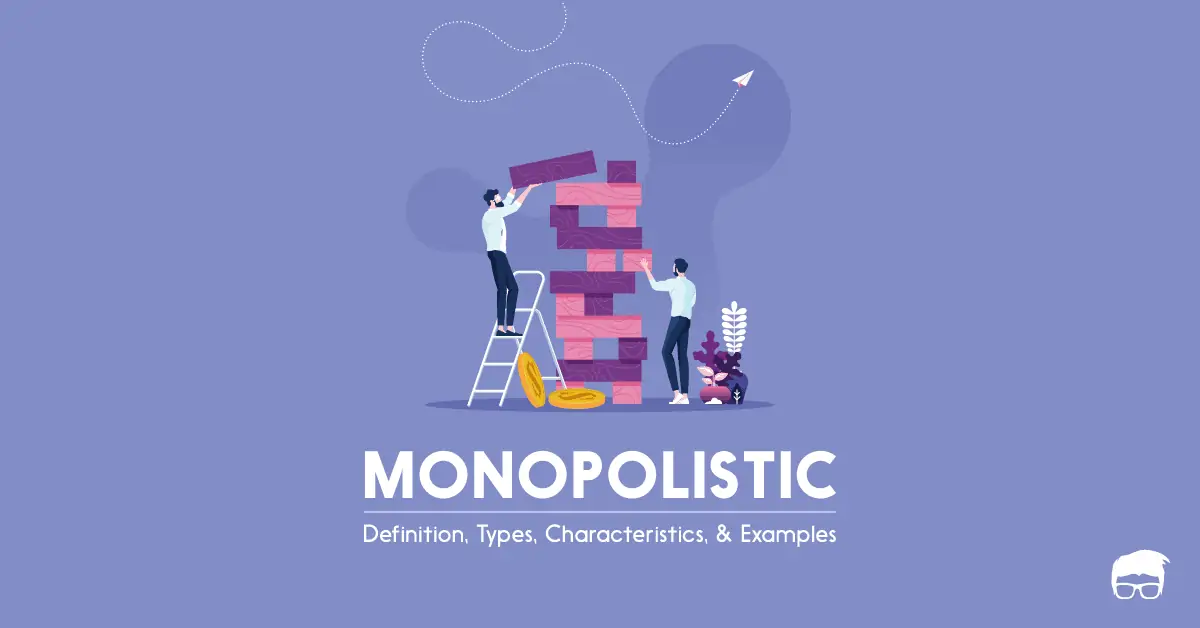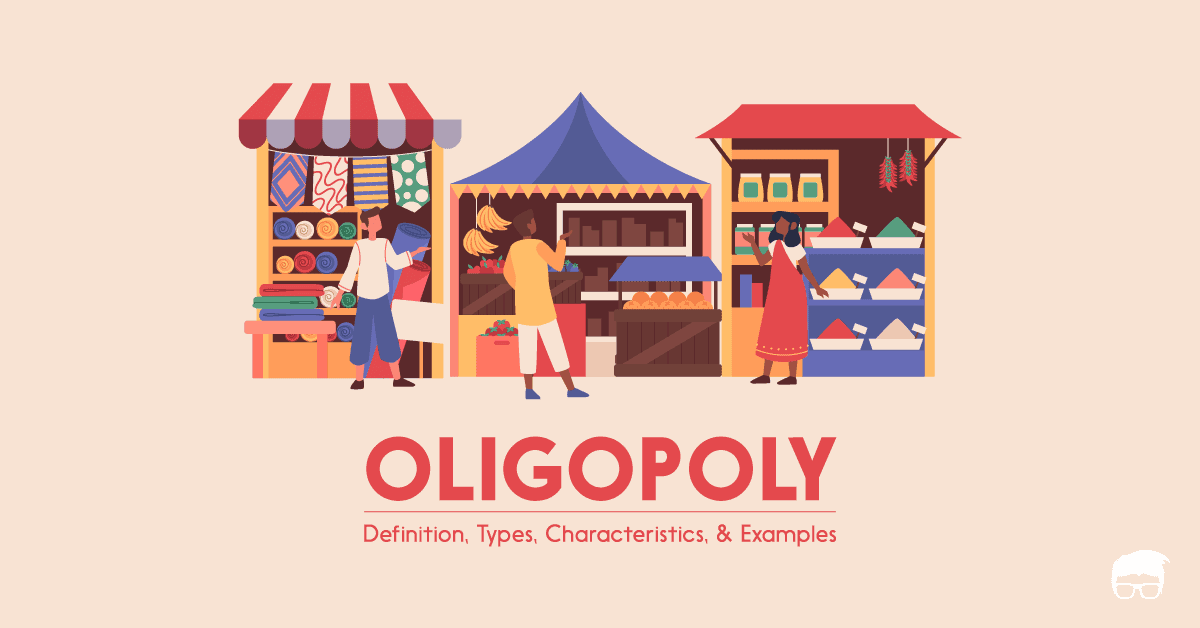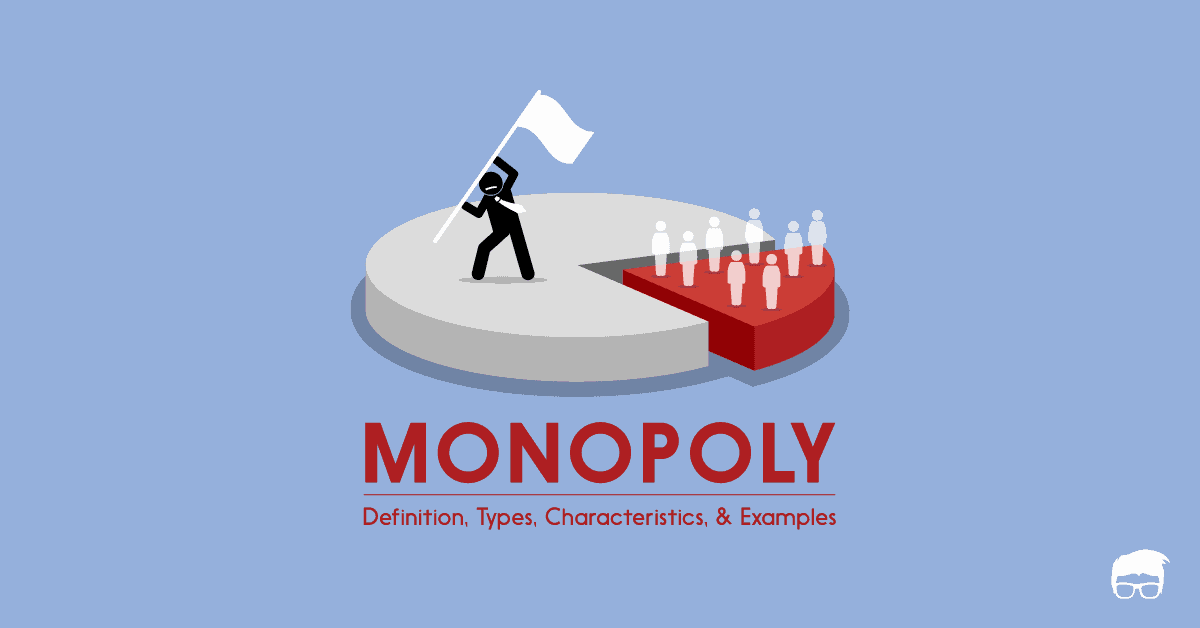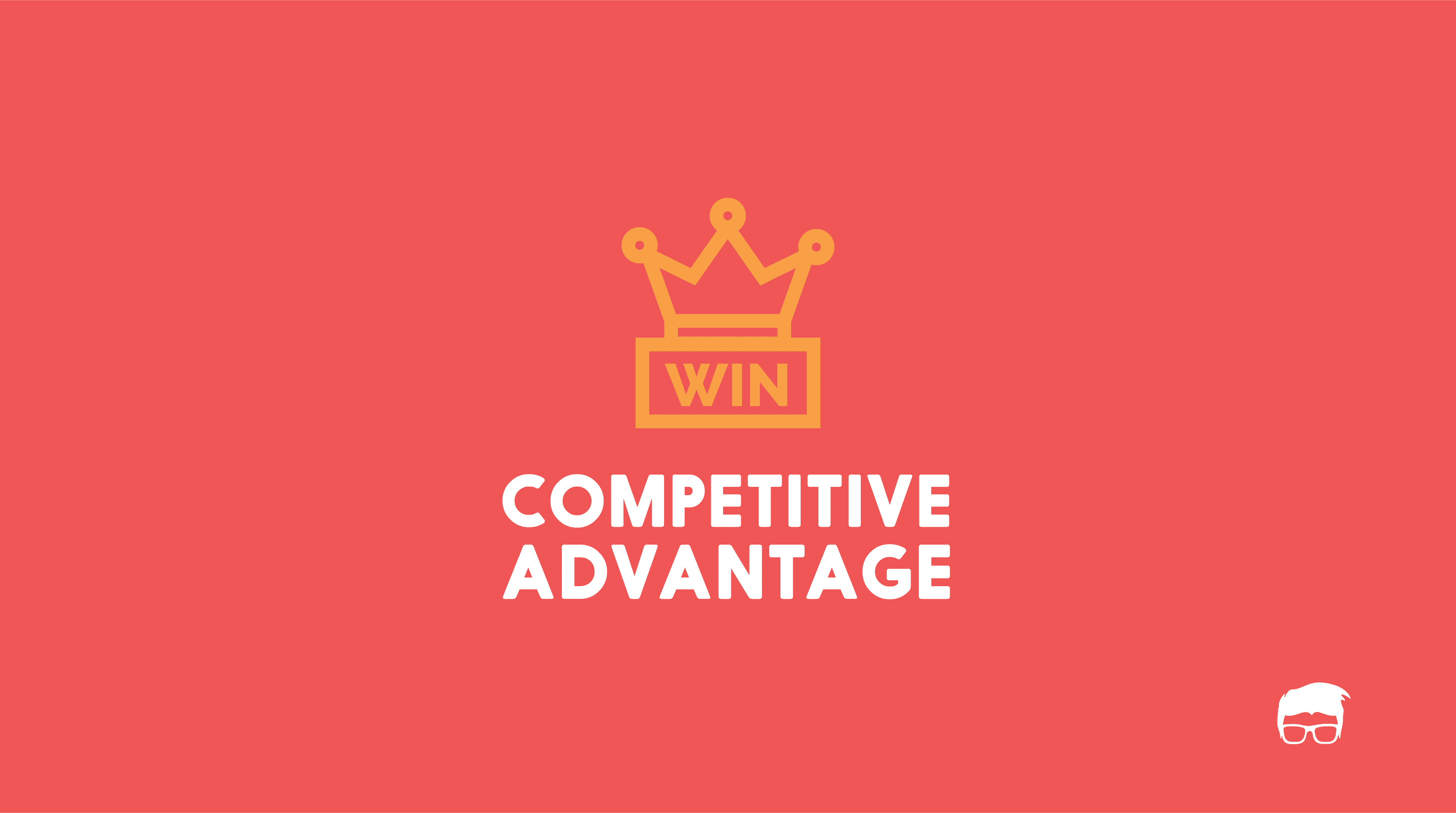Economies around the world house several market structures, some of which are hypothetical – that do not exist in the real world.
One of these hypothetical market structures is the perfect competition form of market structure. Hence, we find no real-world examples of perfect competition.
Even though this is the case, it is important to learn and understand this model. That is because understanding the features of this model enables one to gain a deeper understanding of the other market structures that exist in the real world by means of comparison.
So what is perfect competition?
Let’s find out!
What is Perfect Competition?
Perfect competition is a market structure where several firms in an industry sell homogeneous products.
To further simplify this concept, let’s break it down into three parts:
- Market structure: A market structure is how a market is organised. It explains the competition in the market and how different players are connected to each other.
- Several firms: In a perfect competition type of market structure, numerous firms exist in the industry, and hence these firms face a lot of competition.
- Homogeneous products: All the firms that exist in the industry sell highly similar goods. Thus, these products are perfect substitutes of each other.
Characteristics of Perfect competition
- Numerous buyers and sellers – In a perfect competition form of market structure, one witnesses a large number of buyers with the ability and willingness to buy a certain product. Similarly, these market structures also house large number of sellers.
- Homogeneous/ highly similar product – products sold in a perfectly competitive market structure are perfect substitutes of each other since they are highly identical. For example, in agricultural markets, farmers produce and sell products that are homogeneous, like wheat and barley.
- No barriers to entry and exit – There exist no restrictions that prevent a firm from entering a perfectly competitive market, nor does any force compel a firm to continue existing in a market.
- Perfect mobility – Factors of production in a perfectly competitive market have perfect mobility. This means that factors used for production can be freely moved from one use to another depending on the payment these factors receive.
- Perfect knowledge – Both, the buyers, and sellers, in a perfectly competitive market possess the same knowledge regarding the concerned product.
- No government restrictions – No government or any kind of restrictions exist to hinder the functioning of a perfectly competitive market.
- No transportation cost – In order to be able to offer a product at one price anywhere, regardless of the distance between the place of production and the market, it is assumed that there exist no transportation costs in a perfectly competitive market.
- Price taker – Firms in a perfectly competitive market are compelled to charge a price that is determined by the market forces of demand and supply. Individual firms cannot charge their own prices and have to accept the price determined by the market forces.
Perfect competition in the short run: super-normal profits

In the short run, competing firms could make an economic profit which are supernormal.
A super normal profit is one where the revenue earned by the firm is greater than the average cost.
The diagram shows that the profit maximizing firm produces at the point where marginal cost (MC) intersects marginal revenue (MR). The cost incurred is denoted by the line where the line that extends from the aforementioned point of intersection meets the average total cost curve. This line, when extended further, meets the demand curve.
The economic profit earned, is thus, the difference between the average cost and average revenue, which is multiplied by the total quantity produced.
Perfect competition in the long run: normal profits

In the long run, competing firms could not sustain and earn economic profit, and hence earn only normal profits.
A normal profit is one where the revenue earned by the firm is equal to the average cost. Since the difference between the average revenue and the average cost is zero, the profit earned is essentially equally to zero.
The profit maximizing firm produces at the point where MC intersects MR. The point where MC intersects MR is also the point which denotes the average cost.
As new firms have entered the market, the demand curve of each firm in the perfectly competitive market shifts downwards, until it is a horizontal line.
Thus, in the long run, the firms only earn normal profits, i.e, profits which are equal to zero.
Advantages of Perfect competition
- Optimal allocation of resources – In the long- run, the price of the product is equal to the marginal cost of the product in a perfectly competitive market. This is a socially beneficial point where there is an optimal distribution of the goods produced to consumers in an economy.
- Competition encourages efficiency – Since a perfectly competitive market houses several firms, there is a lot of competition among these firms. In order to be able to supply to the growing consumer demand, these firms start producing more efficiently.
- Consumers charged a lower price – Perfectly competitive markets house many firms, and with time, all the firms are compelled to charge the same price for the product. This is because the firms that charges a lower price than the other firms will grab a greater market share, and so, all firms stick to just one price which is equal to the average cost of producing the product.
Disadvantages of Perfect competition
- Products that are undifferentiated – Since products in a perfectly competitive market are homogeneous in nature, consumers have limited options.
- No supernormal profits in the long run – In the long run, the marginal revenue earned by a firm is equal to its marginal cost. As a result, the profit earned is essentially equal to zero (normal profits). Hence, this is a disadvantage for the firms in a perfectly competitive market.
- Perfect knowledge hinders innovation – as knowledge about a product is available to all, there are no incentives for firms to engage in innovating. This is because other firms would essentially employ the same innovation, and hence, this free riding of information discourages firms from innovating.
Go On, Tell Us What You Think!
Did we miss something? Come on! Tell us what you think about our article on perfect competition in the comments section.
A startup enthusiast who enjoys reading about successful entrepreneurs and writing about topics that involve the study of different markets.









